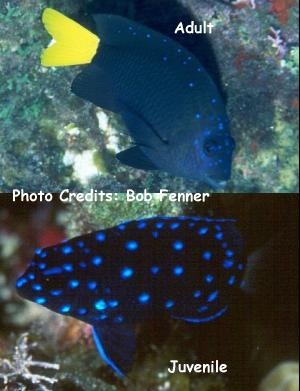July 10, 2012:
Today is our last day in Montserrat! :( I was able to get to talk to the head volcanologist, Paul Cole, at the MVO (Montserrat Volcano Observatory). It was such a great opportunity and I was thrilled that he was willing to meet with me! I first asked him some questions and then he took us on a tour of the MVO. Mr. Cole arrived in Montserrat in 1996, after the initial eruptions in 1995. He said the '97 eruption was very dramatic and that the probability of more activity is very likely. The average amount of sulfur dioxide that is emitted from the volcano is about 500 tons per day (sometimes it is higher and sometimes lower). Two very common crystals found in the volcanic rock in Montserrat are hornblende (it is black in color) and feldspar (more of a milky color). About 40-50% of the rock is composed of crystal. The pyroclastic eruption only barely penetrated the stratosphere, therefore the climate was not effected by the eruptions. The ash from the volcanic eruption only went as far as Puerto Rico (which is not very far...about 500 miles away). We got to go into the main control room of the MVO. It was really cool to see all of the equipment that they use to monitor the volcano. They have a seismograph drum that was used, but has been replaced with more high tech instruments. The computer screens were all monitoring the activity. There were six rockfalls from the summit of the volcano today! We also got to see the seismograph data from the February 2010 eruption. It was quite amazing to see! Mr. Cole discussed with us the three things that they look for when monitoring the volcano: seismic activity, gas emission, and deformation.
 |
| Poster of Montserrat showing the monitoring stations around the island and the Soufriere Hills Volcano. |
 |
| Seismic Monitoring stations |
 |
| Seismograph |
 |
| Seismogram paper |
 |
| Current data from the day we visited, July 19, 2012. The areas that show seismic activity were from rock falls (there were six, so far at the time of our visit). |
 |
| This was the seismic data from the February 2010 dome collapse...WOW! |
|
|
|
|
 |
| Seismometer is underneath the beige lid and is powered by the solar panel on top. |
 |
| "Ash Bucket" to collect and see how much ash falls at different locations during an eruption. |
 |
| Volcanologist Paul Cole and me. |
 |
| Soufriere Hills Volcano from the helicopter pad! |
After our trip to the MVO we went back down to The Green Monkey Dive shop and rented kayaks and snorkel gear for a couple of hours. We kayaked over to Rendezvous Beach and snorkeled some more! Today we saw a lot of the same sea creatures, but some new ones as well. We saw a stingray, which was really cool to see. He/she was not as curious as the squid we saw on our first trip to Rendezvous Beach. I followed him around for a bit, but he was not wanting to play! We also saw a very cool looking tiny fish. It was bright blue with almost fluorescent blue spots on it. It was such a pretty fish! After snorkeling, we met up with some people (a couple from the UK on vacation and a geologist from the UK) we met while in Montserrat for dinner! Dan, the geologist, was there to do some drill work to determine whether, Little Bay would be a good location for the new port in Montserrat (since Plymouth was destroyed). It was a perfect wrap-up to a wonderful trip to Montserrat!
This picture shows the damselfish in both its juvenile and adult stages. We saw it in the juvenile stage! It is amazing to see how much they change in their lifetime!
 |
Stingray
|











That's one huge stingray!!!!
ReplyDeleteThat's one big frog!!!